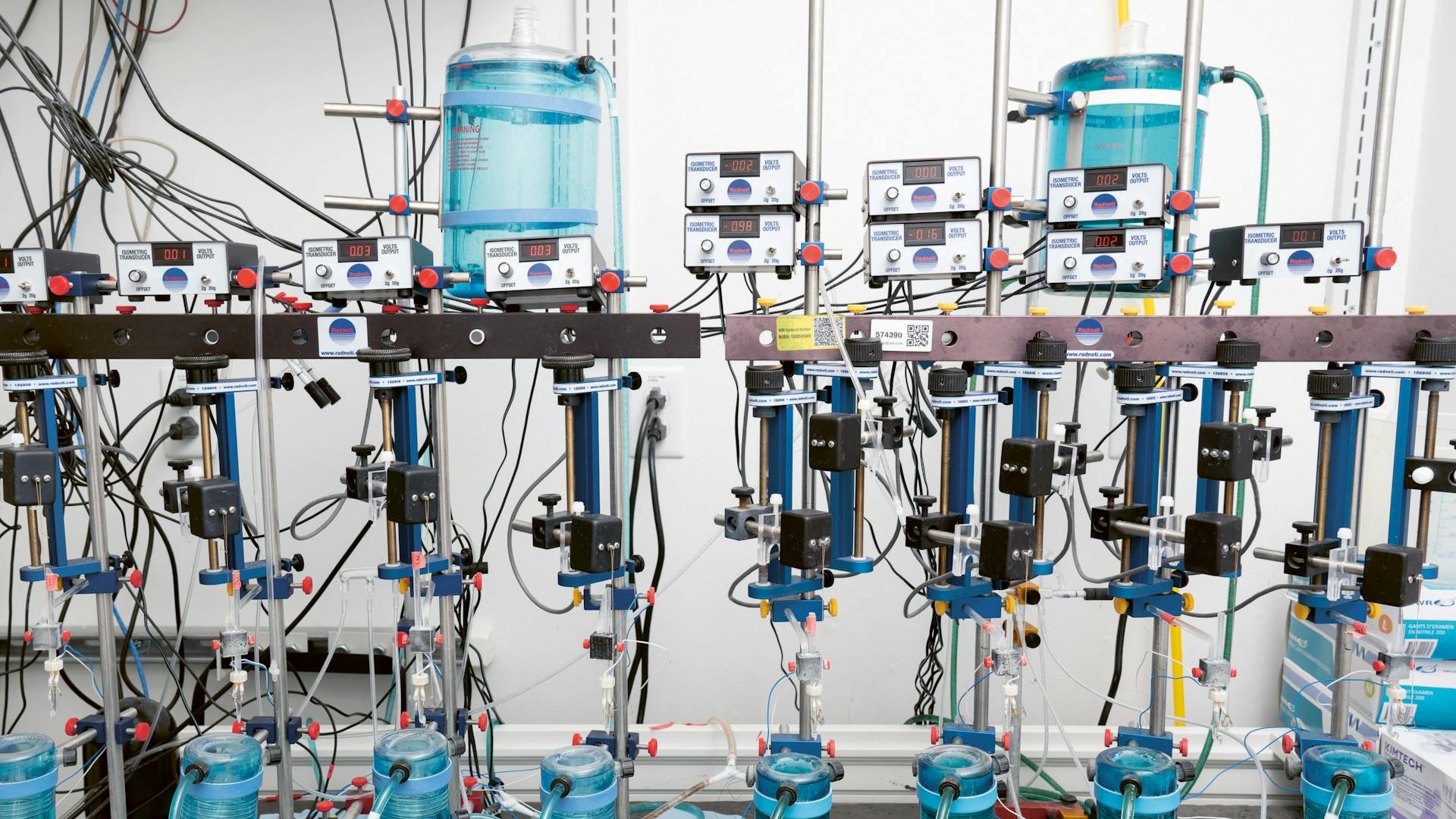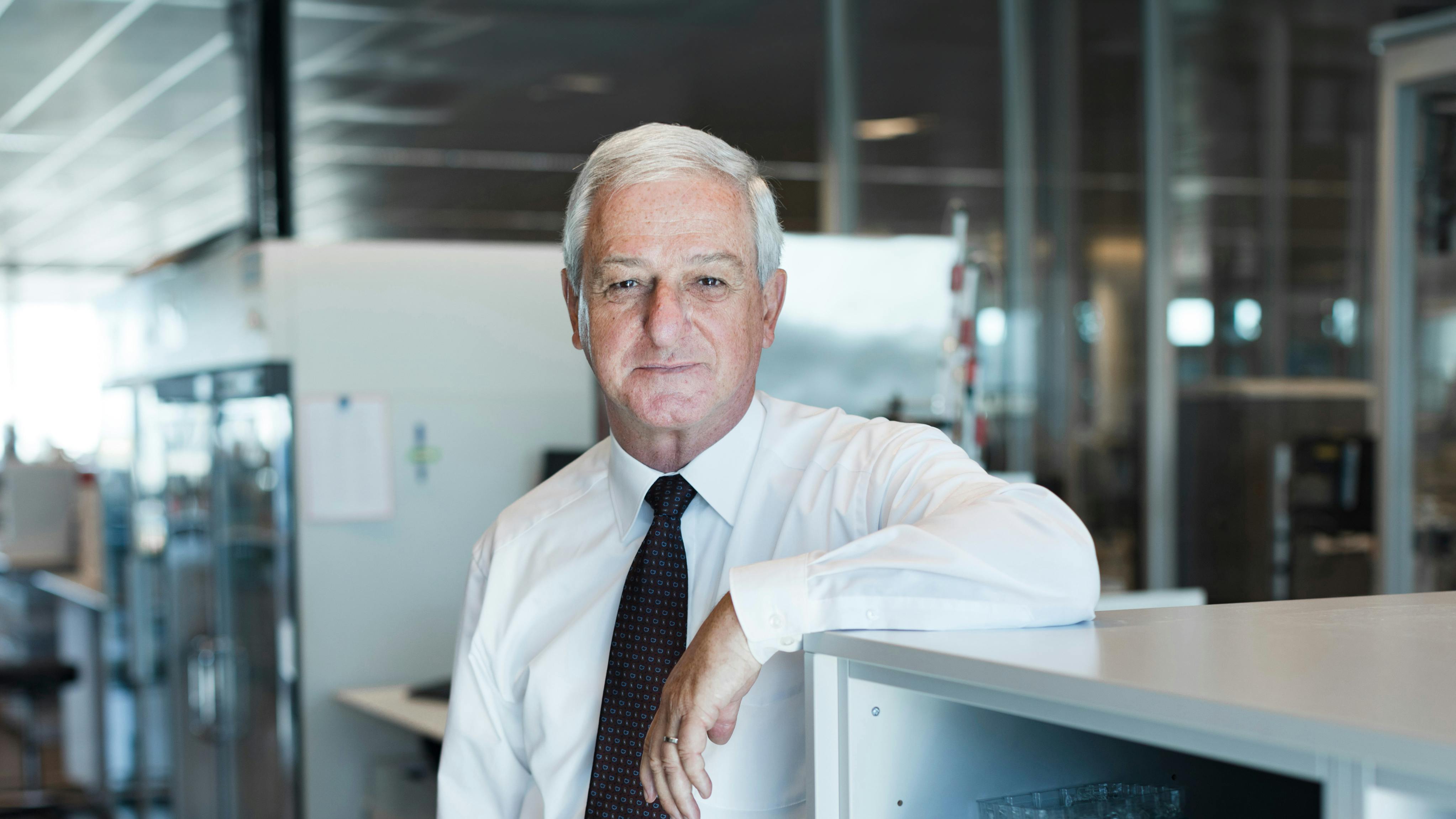Live. Magazine
Novartis researcher John Dominy likes to think back to the time when he worked with his namesake John Diener as well as Michael Romanowski on a project not many people believed would succeed. The problem they tackled aimed at activating a pathway with the help of a biological molecule that could lead to a treatment for heart failure and resistant hypertension, which affect more than 20 million people worldwide.
“A similar project had already been pursued by one of our competitors,” Dominy remembers. “But the results they obtained were not convincing, and they parked the program.”
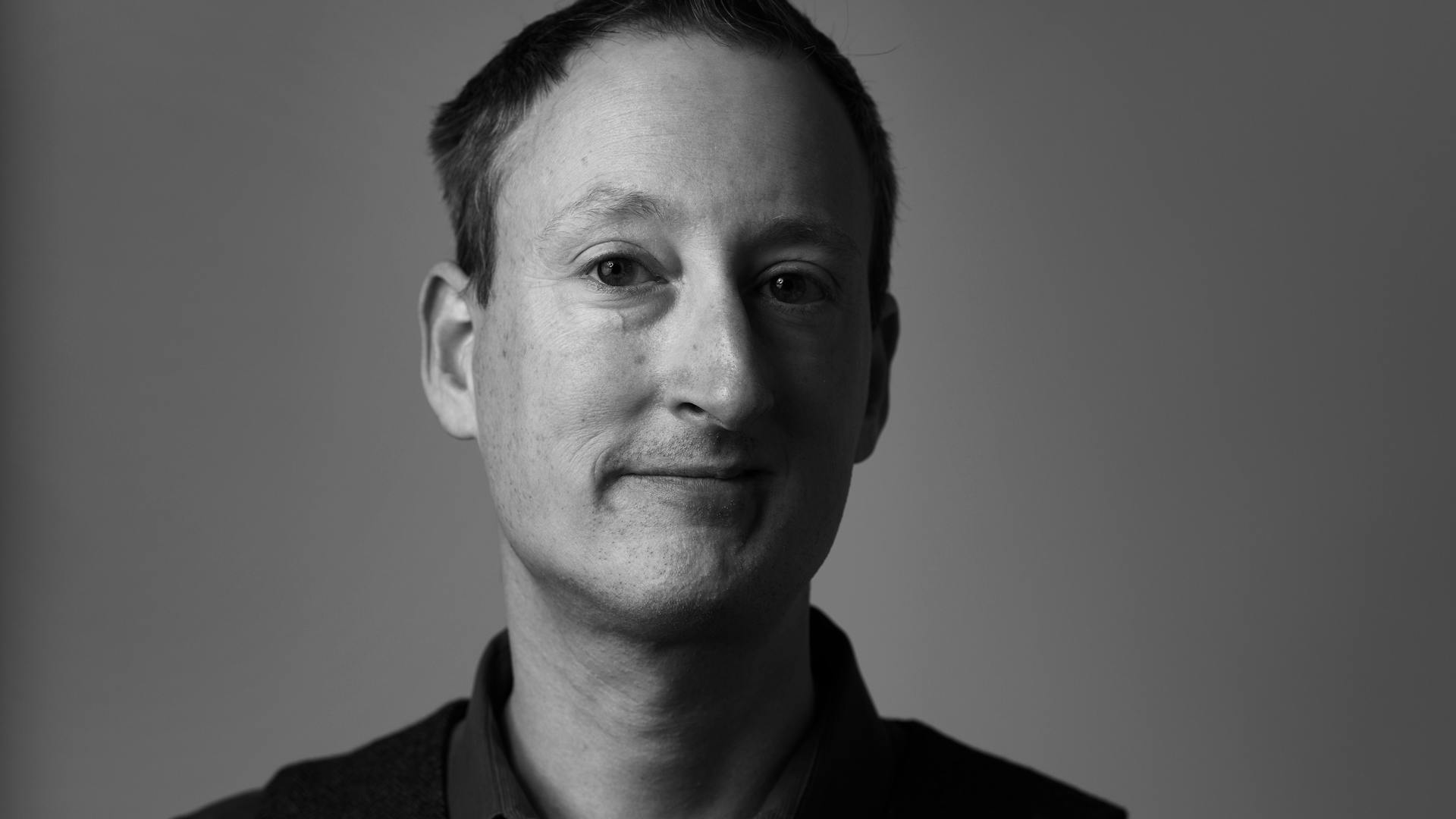
John Dominy:
Embracing challenges.
While the data, which was published in a science paper, showed little to no activity, Diener, who has since left the company, saw a little blip on one of the data charts and told Dominy: “Well, we could probably squeeze more activity out, maybe with some different approaches.”
This was the start of a wonderful friendship in which attention to detail and courage to test new research paths led to success.
Rare approach
Understanding a biological pathway that is responsible for a disease is one thing. The other is to either block or activate it. This is the domain of pharmaceutical scientists who develop molecular interventions that can help mitigate the effects of a disease.
But what in principle sounds simple often takes decades to elucidate and is as fraught with failures as it is punctured by moments of serendipity. While blocking pathways has been the standard approach in the industry, activating them is much rarer because it is much more difficult to do. Dominy puts it like this: “It’s easier to break something than to make something better.”
Nevertheless, Dominy, who worked on another program aimed at producing a similar effect, regularly met with Diener to discuss their results and devise novel methods to create a receptor agonist that could activate a specific target in the body.
Specifically, Diener zeroed in on NPR1. In the natural biological cascade, when the heart is stressed, it produces so-called natriuretic peptides. These peptides act on NPR1, which triggers another cascade that in turn has a beneficial effect on the heart, reducing blood pressure and arterial stress, among other things. Their idea was to use the compound to treat heart failure, in which the heart struggles to pump blood through the body, as well as resistant hypertension, which, when left untreated, can lead to heart attacks and stroke.
Taking risks
Diener’s idea was to spur NPR1 into action with the help of a monoclonal antibody. For this, he ran a series of tests to hit upon a molecule that could do the trick. But while his initial attempts helped create more activity compared to what had been achieved by competitors, it was still far from having the potential to be developed into a drug.
This is when Michael Romanowski, who had worked on novel ways to improve protein expression and determine their structure, joined the scene. He also had the insight that changing one small protein surface residue, which was common in other species but not in humans, should be changed and potentially dramatically increase expression.
“It was a small detail, but it greatly stabilized the protein and allowed the world’s first structure of human NPR1 to be determined,” Dominy says. “The team, however, still had to continue work on improving the antibody because the activation of the receptor was still pretty weak.”
The team, together with biopharmaceutical company Morphosys, with which Novartis had entered a large discovery collaboration back in 2007, started on a research campaign to create antibodies that bind better to NPR1. But the normal process, called affinity maturation, failed to yield what the team had wished for. So Diener started mixing and matching different clones of antibodies to create a protein that could nudge NPR1 into action.
The Eureka moment came soon. “Sure enough, there were a couple of these mix-and-match hybrid clones that resulted in a huge increase in activity of the antibody. And that’s really what led to the development of the final candidate,” Dominy reveals.
Believing in the science
The efforts of Diener and his colleagues, while unconventional and courageous, did not come out of the blue. As Jennifer Allport-Anderson, who leads the in vivo pharmacology efforts in the cardiovascular space at Novartis, says, they were fully based in science. “We really had a very good understanding of the genetic and molecular pathway in the heart failure space and knew that NPR1 could become a suitable target,” she says.
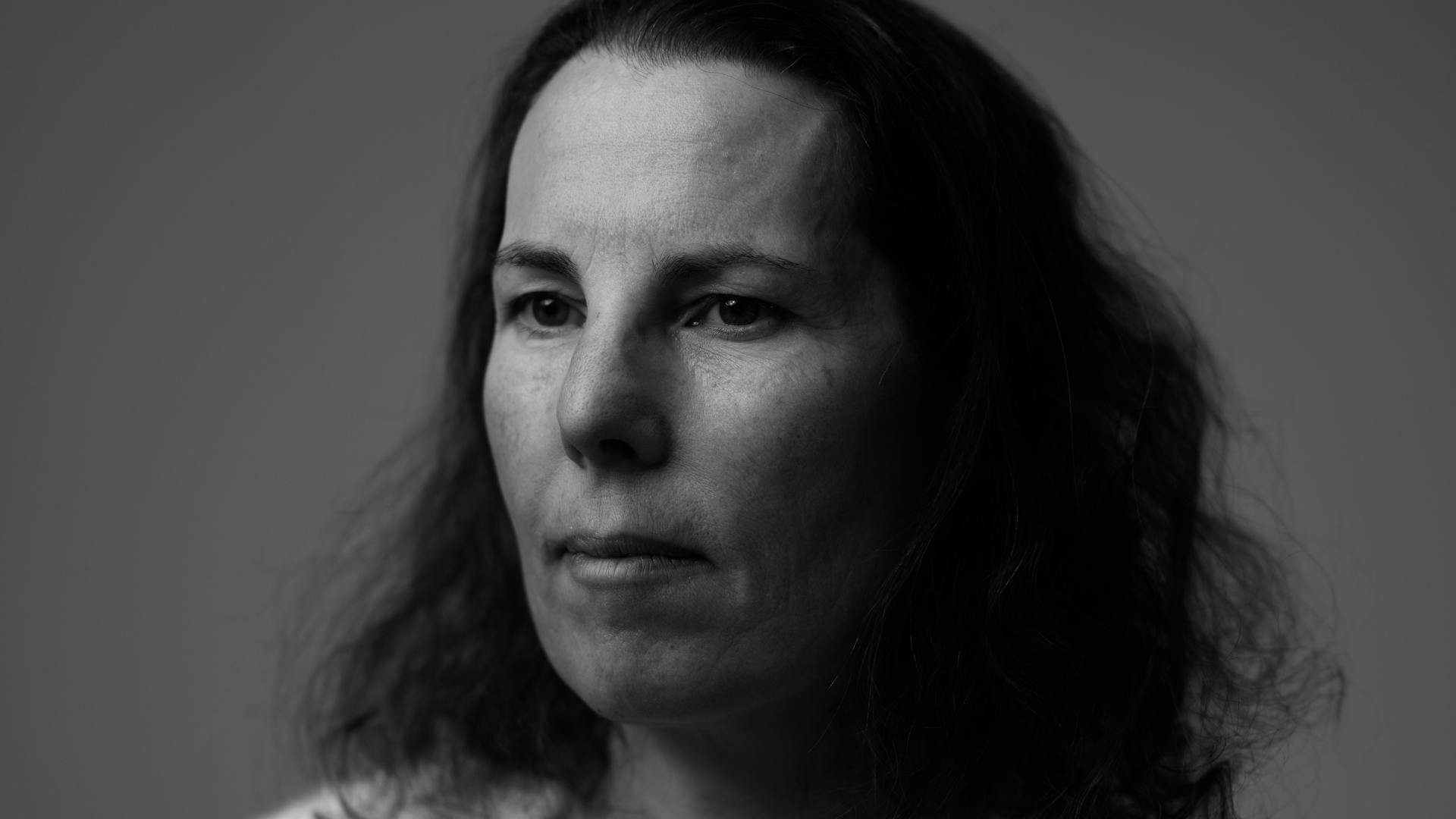
Jennifer Allport-Anderson:
Science is collaboration.
Besides the program run by Diener, Novartis had also worked on a classical chemical compound. But this project proved very tricky since the goal was not to block the disease-triggering pathway but to trigger NPR1 into action.
“There was some patent literature out there on these chemical structures,” Allport-Anderson says. “But there were these big, ugly, low-molecular-weight compounds. Developing those would also have been difficult due to poor physical properties.”
While it was clear from the onset that a biologic drug would work much better in terms of delivery, it was far from obvious that Diener and his team would be able to coax NPR1 into action. Protein activation with an antibody had rarely been done in the industry in the past and Novartis itself, despite having already successfully developed several biomolecules, had less experience with such structures than with classic chemical compounds.
The team had to test new avenues. Diener’s approach of mixing several biomolecules together had been a novelty. Also, Romanowski’s work with mutant proteins meant embarking on uncharted territory and entailed considerable risk-taking.
The result proved equally innovative. The finalized molecule, which is now in early-stage trials, did not bind to the spot where the natural natriuretic peptides would. It bound outside this pocket, making it a totally unique class of molecule, as Dominy notes.
“These were exciting years on the project, full of innovative steps,” Dominy says. “Working with John and bouncing off ideas really pushed us ahead, which is also testimony to the courage of the organization to test new avenues.”
Collaboration and technical expertise have been instrumental to drive the XXB750 venture forward.
In order to speed up the process, many steps in the research labs are automated.
A hit can be due to serendipity. But researchers need to talk together to formulate a way forward.
Advantage of biological drugs
Although it took the researchers several years to develop the compound, their efforts will eventually help Novartis gain time in the clinical trial phase. Unlike with chemical compounds, which can have surprising detrimental effects once tested in the human body, side effects of biological drugs are limited since they usually only bind to a single receptor. “This really means that the safety program can be run much faster than with other compounds,” Allport-Anderson explains.
Moreover, biological drugs can be designed in such a way that they can act much longer in the human body, which is a major advantage when it comes to heart diseases, where patients often struggle to adhere to treatments, which often require them to take several tablets every day.
“One of the benefits of this particular molecule is that it’s a once-a-month drug,” Allport-Anderson says. “Now we are trying to make longer-acting versions that help patients manage adherence issues.”
Although long-acting drugs can have drawbacks too – Novartis is working on a reversal agent in case some patients experience adverse effects – Allport-Anderson is convinced that such drug regimens can have huge patient benefits.
Understanding patient needs
Allport-Anderson knows first-hand how heart disease can upend one’s life. Her brother-in-law suffered a heart attack in his 40s and later developed heart failure, urging him to revamp his life.
This prompted Allport-Anderson not only to consider lifestyle changes herself, but to look into patient needs more deeply. The regular patient days that her group organizes hold important insights for her and her colleagues. “During patient days organized in our department, we often learn what patients really care about,” Allport-Anderson says. “For us scientists, who are deep into the inner workings of a cell pathway, this is vital.”
She vividly remembers the story of an 18-year-old boy, who was tipped to play football in the Premier League, but was hit by myocarditis, developed heart failure and suddenly could barely get out of bed. “Listening to such stories and realizing the detrimental effects such diseases can have on a patient’s life make you think and work even harder to develop solutions that can really have a lasting impact on them,” she says.
For Allport-Anderson, the meeting made clear that this silent disease not only affects elderly people, as the cliché would have it, but that it concerns the entire societal stratum, affecting millions of people of all ages around the world.
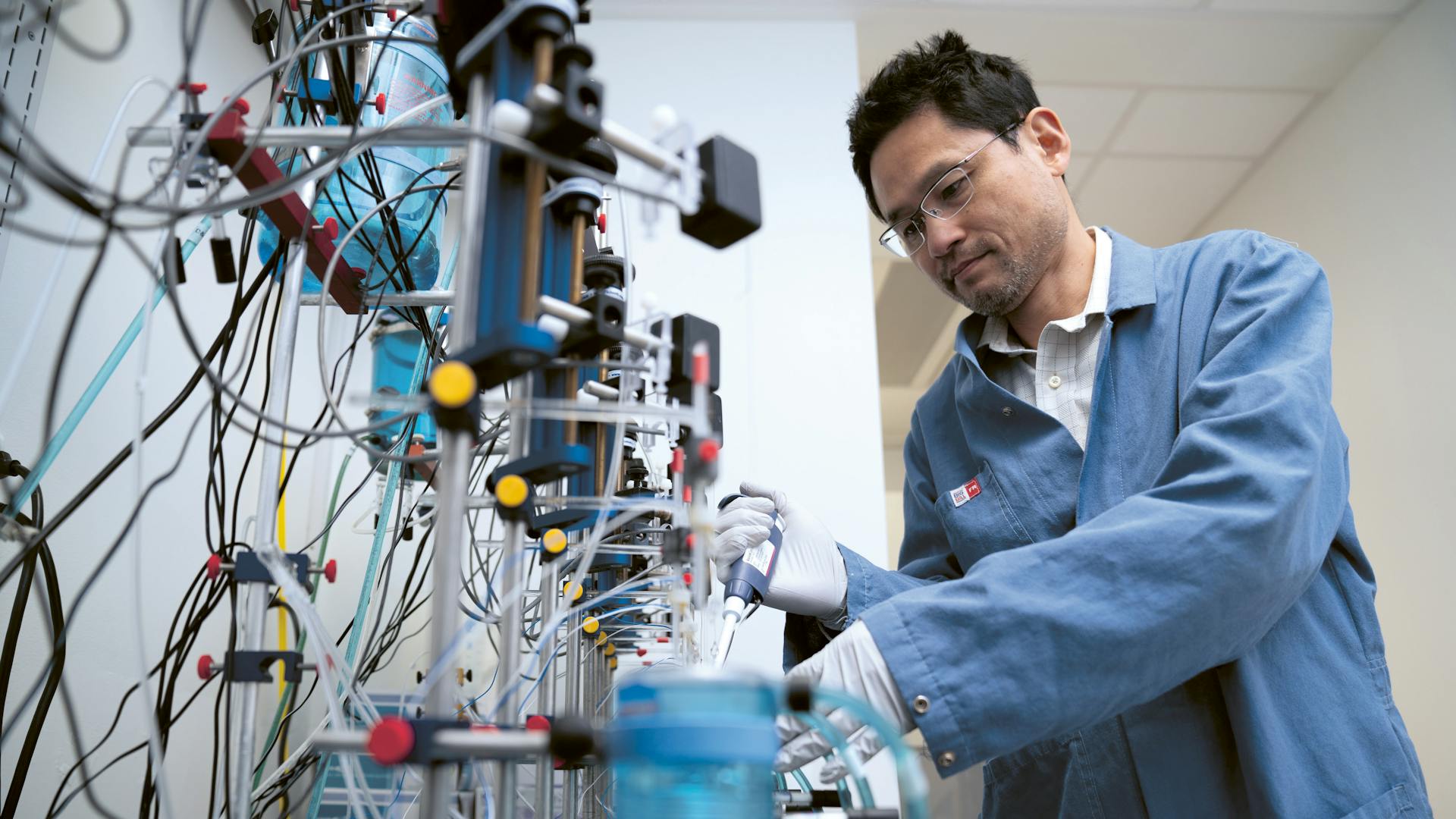
It took the researchers several years to develop the compound, ...
... which will eventually help Novartis gain time in the clinical trial phase.
Collaboration was a key driver for the development of XXB750.
Population health
“This also has a big impact on the way we work,” she says. “Considering our population health approach, we don’t just want to inhibit a disease. We want to develop sustainable solutions that can have a strong impact on the quality of life.”
As part of its population health efforts, Novartis is following an approach that aims to improve physical and mental health outcomes, promote wellbeing, and reduce health inequalities across a whole population. While this includes focusing on wider determinants of health, it also means that the company is attempting to develop medicines that can boost the quality of life of patients, which in turn has a positive effect on the wider society.
“For patients suffering from heart disease or persistent hypertension, switching to long-lasting drug regimens could not only prove beneficial for their heart health,” Allport-Anderson stresses, “but help protect their kidneys and blood vessels too, which in the long term would improve their overall health and quality of life and integrate them back into society.”
Her brother-in-law, who was thrown out of his everyday routine after his heart attack and heart failure diagnosis has been able to regain his foothold thanks to innovative medicines as well as lifestyle changes and improved care. It is an example that bodes well for the more than 20 million patients who today are suffering from heart failure and resistant hypertension and struggle to regain a sense of normality.
That all this started with a minor blip on a research chart just shows that every detail counts when it comes to health.
